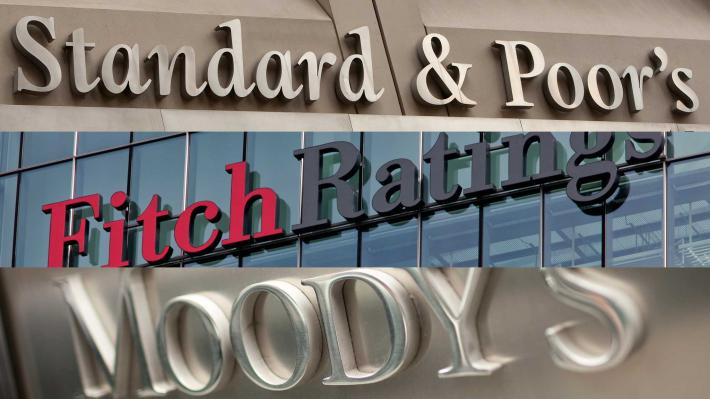Conclusion
Table of Contents
This paper examined the conflict of interest inherent in the NCRA industry, and sought to directly address the potential conflict of the issuer-paid model. The paper showed that, firstly, the SEC’s only solution using rule 17g-5(c)(1) is merely window dressing and not a solution, and secondly, better frameworks exist to deal with this conflict. The first solution uses the SRO model by creating a single agency that handles ratings and removing the choice from issuers. The second solution uses the national exchange model, where the power to select and influence credit ratings is shifted from issuers to investors and NCRAs. While both solutions directly address the issuer-paid conflict, the exchange model may be more practical as an immediate reform. Under both approaches, NCRAs would be prohibited from offering ancillary services to issuers.
This article is a reprint of a study into the conflicts of interests inherent in the National Credit Agencies model of the US financial system that contributed to the Credit Crisis of 2009. I conducted this research while attending Fordham Law School in the Fall Semester of 2016.
